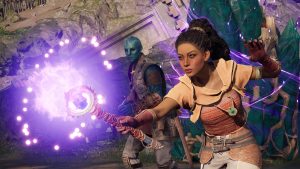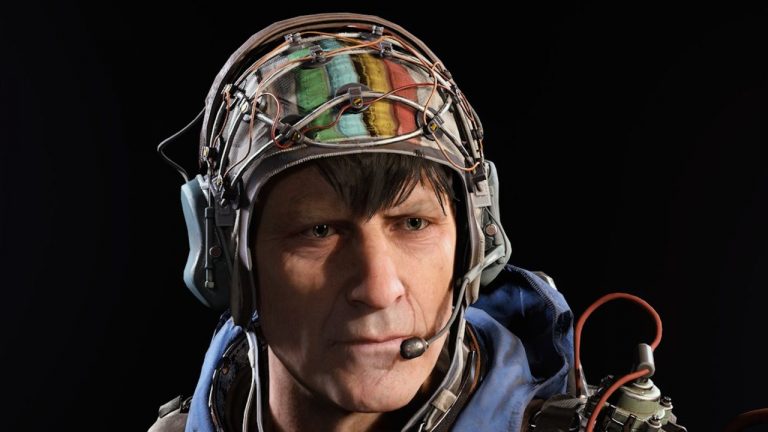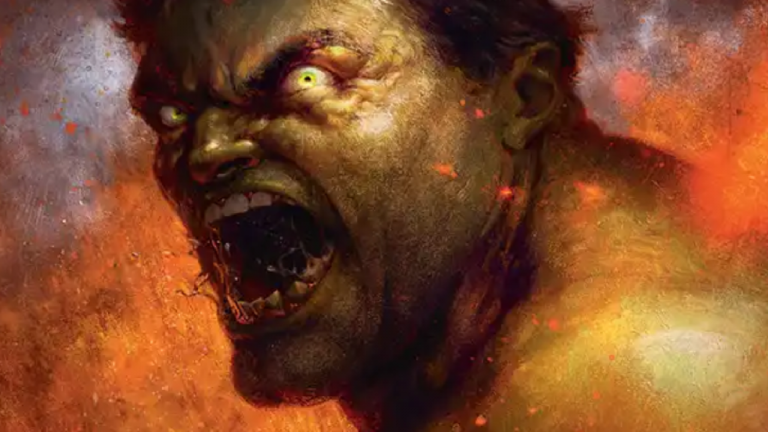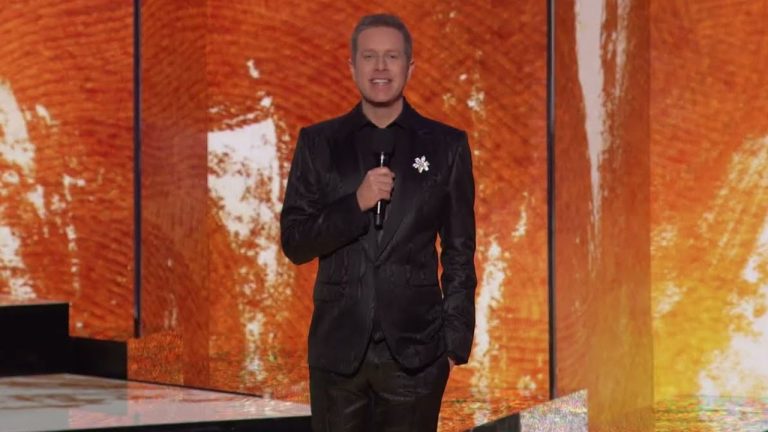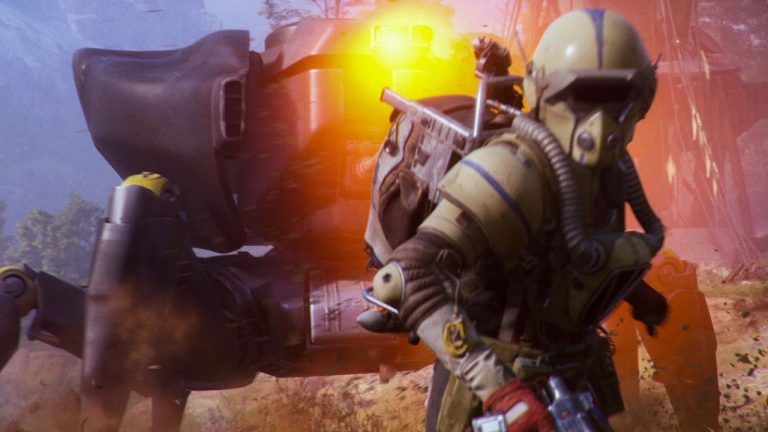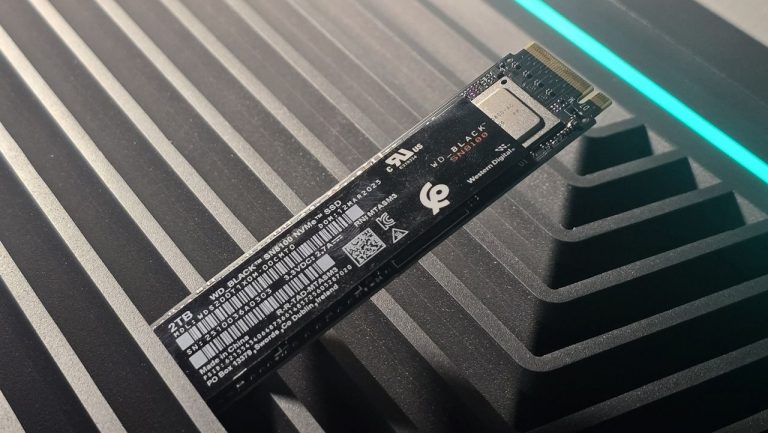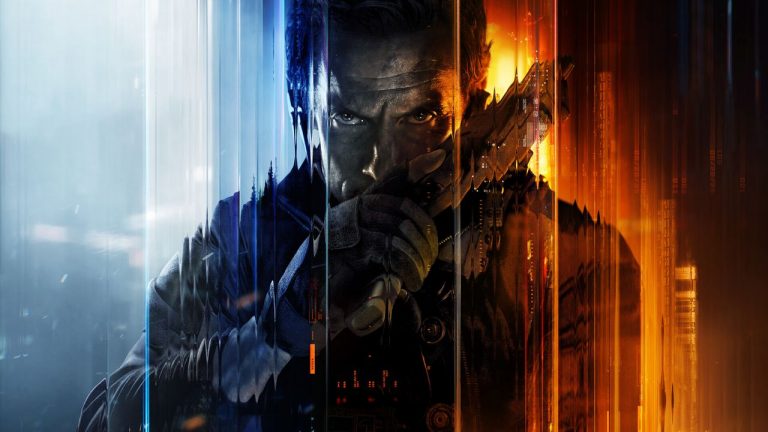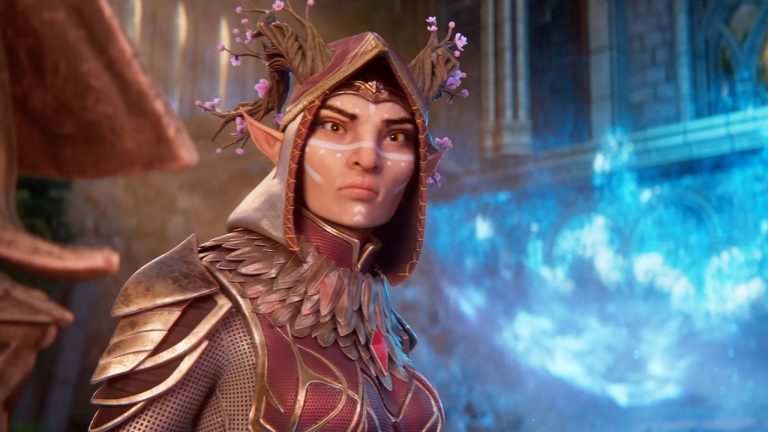One of my favourite companions in Dragon Age: Origins is Shale. She’s a deadpan, dry-voiced golem with a hatred for pigeons that does credit to her dwarven, grudge-bearing heritage. She was also a day-one DLC character but, while discussing her, series creator and lead writer David Gaider reveals that was mostly due to a lack of time, and the fact she was downright impossible to write.
During a recent saga of Bluesky threads shared by the writer on the series’ many companions, Gaider reveals that Shale was initially the darling of a BioWare writer who wanted to bring her stony-ness to life: “Shale was initially taken on by Jay Turner, then one of our junior writers,” Gaider explains. “Jay had an idea to make Shale more of a robot, an emotionless automaton killer… think HK-47, but without the layer of sarcasm. I was leery, and told Jay he’d have to be very careful. ‘Emotionless’ can very quickly turn into ‘boring’, after all, unless you’re VERY careful. But Jay was determined.”
Things, unfortunately, didn’t go so great—and Gaider regards his decision to let Turner jump into the deep end as a mistake: “There’s been a couple of times in my career when I’ve let a junior convince me with their enthusiasm to take on something my experience said they shouldn’t. And then watch their confidence crumble despite every effort I made to reassure them it was OK … It felt flat. Jay tried numerous revisions, but the issue wasn’t his ability—it was the concept.”
The duty to spin up the now-beloved golem into an actual character fell into Gaider’s hands. “I recall being a bit bitter about the whole thing,” he adds, noting that he’d been moved to a window with a god-awful view he resented. One, importantly, overlooking a HVAC (heating, ventilation and air conditioning) unit that pigeons would gather around to escape the cruel winter temperatures. I’m just going to let his rant play out unaltered, because it’s a thing of beauty:
“They pooped all over everything—there was this alcove around the access door, right? The pigeons roosted there and it was POOP FAUCET city. Not only that, the pigeons used the HVAC like some kind of sex den. Angry, ugly pigeon sex. The only respite was when a hawk would appear and the pigeons scattered. Then I’d get maybe a day when there was a single pigeon corpse, like an exploded ball of down, to act as a scarecrow. Good days, those.”
It is said that adversity is the father of ingenuity—said far less, I’d imagine, is the adage that adversity can sometimes be ‘pigeon poop’, and the ingenuity can be ‘man, I hate pigeon poop so much’. As Gaider writes, “well, there’s me, staring out the window trying desperately to think what I’m going to do. But I CAN’T stare out the window because, gross. But what else am I going to stare at while I think? It was making me furious. I hated those pigeons SO SO MUCH.
“And then it hit me: Shale is basically an animated statue, right? Something that pigeons are rather notorious for also gathering on? And so I wrote. I wrote like the angry, angry wind. I had zero time to do this so it was basically me vomiting all my annoyance at everything into a single character.”
That wasn’t the end of Shale’s woes, though. Despite being one of my more fondly-remembered companions, there was plenty of hubbub about her being a day-one DLC. Gaider explains that this was mostly due to other design issues, such as the art team trying to make every door bigger to fit her inside them. “Shale got cut anyhow. There wasn’t time to do her abilities and we were short on cinematics time. There was never enough time on DAO.”
However, the team figured something out—they’d simply release Shale as a DLC a while after the game’s launch, giving everybody more time to figure her out. Then “shenanigans” happened. Gaider writes: “This particular shenanigan was EA deciding to sit on the finished DAO a few months in order to delay the release. Why? Again, not my level … It did mean Shale ended up being ready for release day. Unexpected confluence of events, honestly.”
Given the absolute microtransactional nightmares we endure nowadays, I’m willing to forgive that particular trespass—and it’s a reminder that game developers rarely get exactly what they want. It’s a subject Gaider’s written about before, when he painted a picture of a BioWare that “quietly resented” its writers. The fluster of confusion he paints here on the art and organisational level was, admittedly, probably the fault of the writing team, but at the same time, Shale’s a hilarious delight. I am quite happy they were given time to cook.


